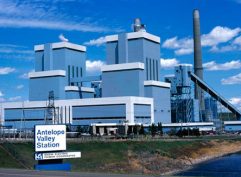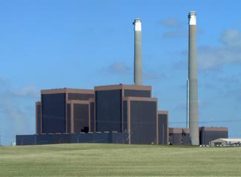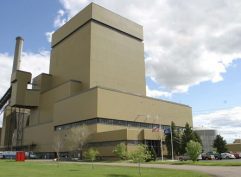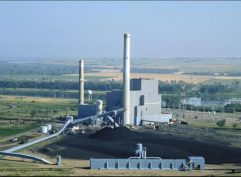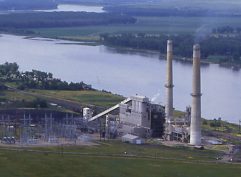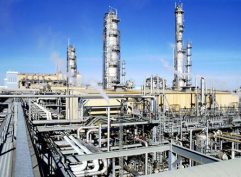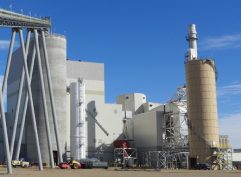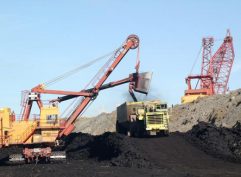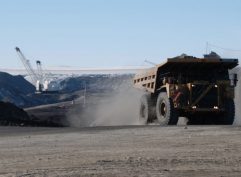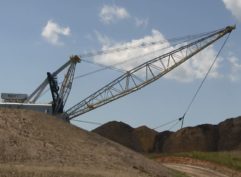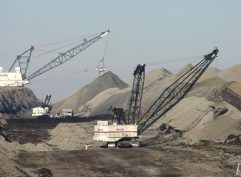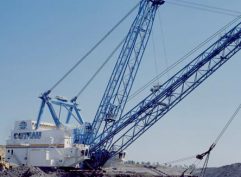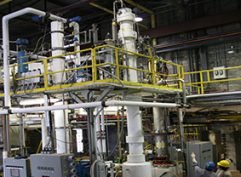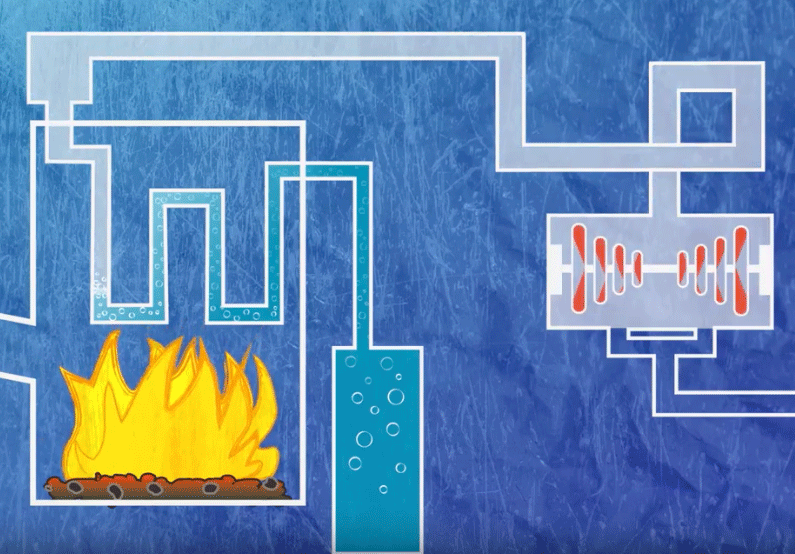New economic study shows stability of the regional lignite industry
 An economic study shows the regional lignite industry continues to be one of the most stable industries in the state. Using 2015 data, a recently completed study by the Department of Agribusiness and Applied Economics at North Dakota State University shows the lignite industry continues to provide about $3.4 billion to the state’s economy every year and $104 million in taxes to the state.
An economic study shows the regional lignite industry continues to be one of the most stable industries in the state. Using 2015 data, a recently completed study by the Department of Agribusiness and Applied Economics at North Dakota State University shows the lignite industry continues to provide about $3.4 billion to the state’s economy every year and $104 million in taxes to the state.
“The stability of the lignite industry is tied to long-term contracts between the coal suppliers and the individual plants along with the low cost electricity produced from lignite,” stated Jason Bohrer, president of the Lignite Energy Council, a trade association that represents both the mines and the plants.
While coal-based electricity has decreased across the United States, the lignite industry in North Dakota has remained viable because of the mine mouth power plants that are built adjacent or near to the lignite mines. This arrangement eliminates or reduces transportation costs and lowers the price of fuel, a major component in the price of electricity.
The lignite industry continues to directly employ 3,942 people, which hasn’t changed substantially from 3,858 employees a decade ago. The indirect jobs are also stable. In 2015, the industry was responsible for 11,540 indirect jobs as compared to 11,275 indirect jobs in 2005.
Taxes paid to the state are also very stable. The mining companies pay severance taxes while the utilities pay coal conversion taxes. From 2005 to 2015, the combination of taxes paid to the state has risen from $77.5 million to $104. 6 million.
The NDSU researchers provided two new statistics that further illuminate the value of the lignite industry to the state of North Dakota.
The first shows the economic impact of a hypothetical 100, 500 and 1000 megawatt, lignite-based plant. The information, such as payroll, fuel, transportation, construction, etc., was taken from individual plants and then factored into the three various sizes to protect the identity of the individual plants. The results show that each of the three sizes of plants has both a direct and an indirect impact on the state of North Dakota.
For instance, a 500-megawatt power plant would have a direct impact of $56 million annually with an indirect impact of $173 million. The 1000-megawatt plant would have approximately twice the impact.
“This is critical information to know as we study the potential for near-zero emissions power plants and we work with both the state and federal government on ways to finance both research and development for the next generation resources,” Bohrer added.
The second study performed by NDSU economic researchers shows the total investment made in the current lignite industry from 1954 to the present. The study shows that the 1960s and the 1980s were both decades of growth for the utilities and mining companies.
The study shows that $8.1 billion has been invested in the lignite industry from 1954 when the first unit of the Heskett Station near Mandan was completed through 2015. Given the effects of inflation, the cost to replicate the mines and the plants today would be more than $18 billion.
The lignite industry is the fifth largest industry in the state behind agriculture, oil and gas, manufacturing and tourism. The mines and the plants, however, represent some of the largest single investments. Many of the boilers on the power plants stand higher than the tower on the North Dakota capitol.
Economic studies have been conducted on behalf of the lignite industry by North Dakota State University for several decades. Final 2017 lignite studies will be published by NDSU in the near future.
The Lignite Energy Council is a regional trade association representing North Dakota lignite producers, electric utilities and approximately 300 businesses providing goods and services to the mines and plants. The lignite industry generates approximately $3 billion in gross business volume within the state.


